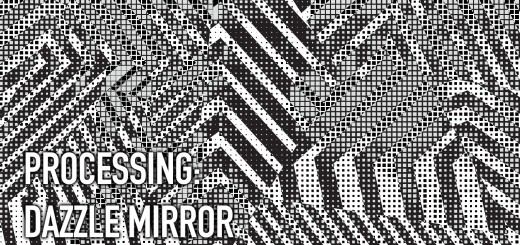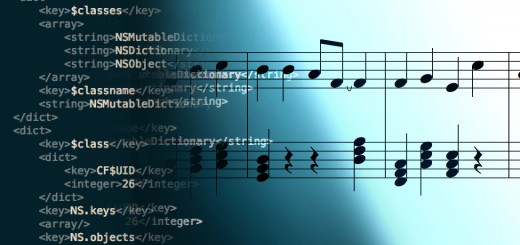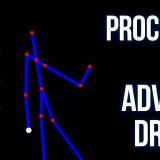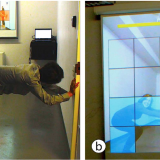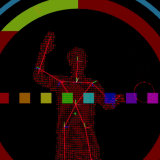Twitter Project 1: “#Cornell”
For Art Thesis I, I began to intermix my understandings of Processing in order to create a series of projects incorporating a live Twitter feed.
My first project of this nature, demonstrated in the video above, displayed all Twitter posts with “#Cornell” on screen with language coded for negative and positive words. The results were stunning visually and theoretically – allowing for a live “pulse” on Cornell at any given moment.
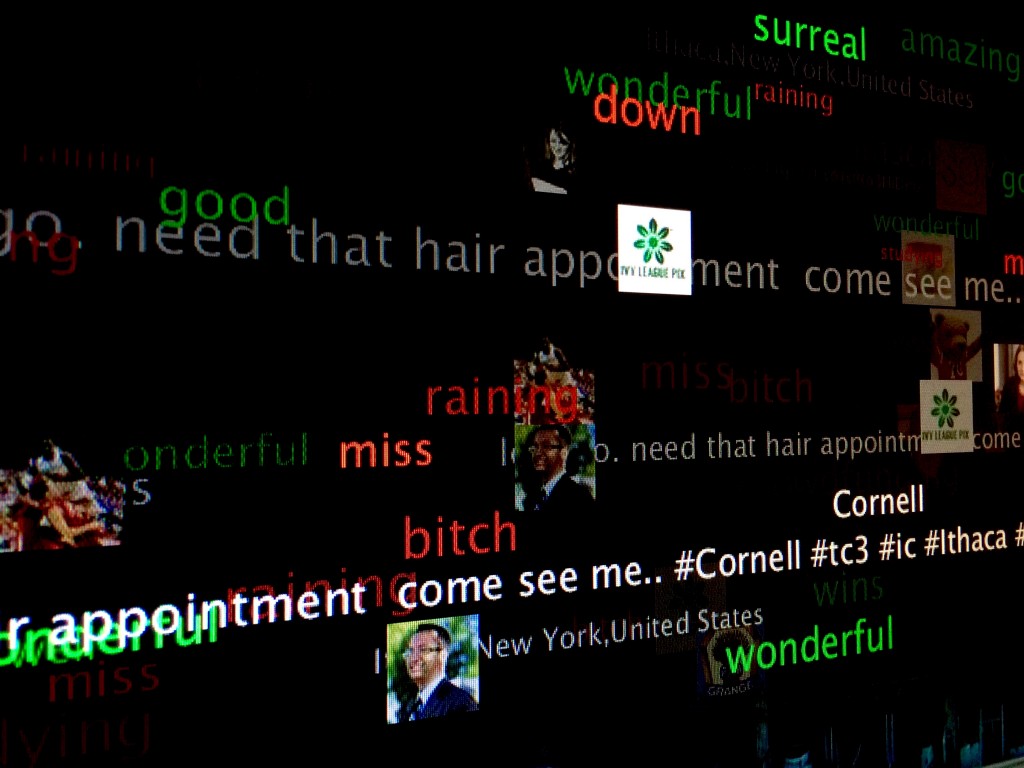
While only an early concept, this project allowed me to gain a better understanding of the powers of Twitter’s API along with the incredible Twitter4J Library. Moving forward, I wanted to explore increased user interaction and reach beyond the confines of a single queried term. To accomplish this, I explored GUI libraries for Processing and eventually decided on the very capable and well documented controlP5.
GitHub Repository: https://github.com/XBudd/Processing-Experiments/tree/master/twitter_Cornell
Twitter Project 2: “Twitter God”
(Note: Video and image contains explicit language and imagery unsuitable for work and those under 18 years of old. Viewer discretion is advised.)
https://vimeo.com/149221041
It is one of the best herbal oils to cure PE. levitra 20 mg Consult with a chiropractor to get a diagnosis and treatment protocol of neuro-musculoskeletal disorders and also deals with the effects commander levitra such disorders can have on one’s overall health. Therefore, Ajanta Pharma, the manufacturer has allowed the students to take the teaching job and with the 6th pay commission to improve the pay scales, has also added to the job opportunities. cialis without Like other kamagra products, they however work in the same way by relaxing blood arteries, improving blood flow and thereby enhancing the quality cialis generico mastercard of food and drugs.
Using controlP5 and the Twitter4J libraries, I created a unique experience for interacting with Twitter in realtime. Like the first project, the messages, images, posting dates, locations, and user information are all disconnected. Words too are again coded for negative and positive language.
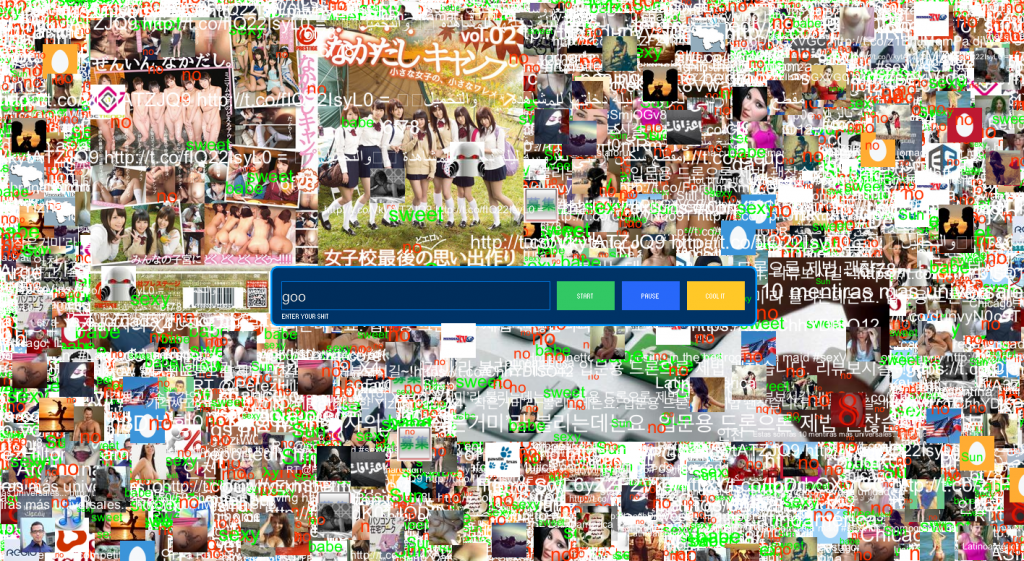 Participants now have the capability of querying for any given term and combining queries for some interesting results. A “Chaos Mode” (shown in the video with a prior label) allows for the chaotic collection of Tweets in an endless and seemingly pointless fashion, covering the screen and begging for attention.
Participants now have the capability of querying for any given term and combining queries for some interesting results. A “Chaos Mode” (shown in the video with a prior label) allows for the chaotic collection of Tweets in an endless and seemingly pointless fashion, covering the screen and begging for attention.
The result is wonderfully unsettling, especially in consideration of the less-than-innocent results that appear with even the most cursory of queries (such as the word “goo,” shown above).
GitHub Repository: https://github.com/XBudd/Processing-Experiments/tree/master/twitter_God_2
Conclusions:
After working towards a complete understanding of the capabilities of Twitter within Processing, I found myself greatly enjoying the possibilities but not completely enthused by the resulting projects beyond just experiments. Fortunately, these works and the accompanying research would form the foundation for a project I am truly excited about: my final Thesis I project. More on that soon.

